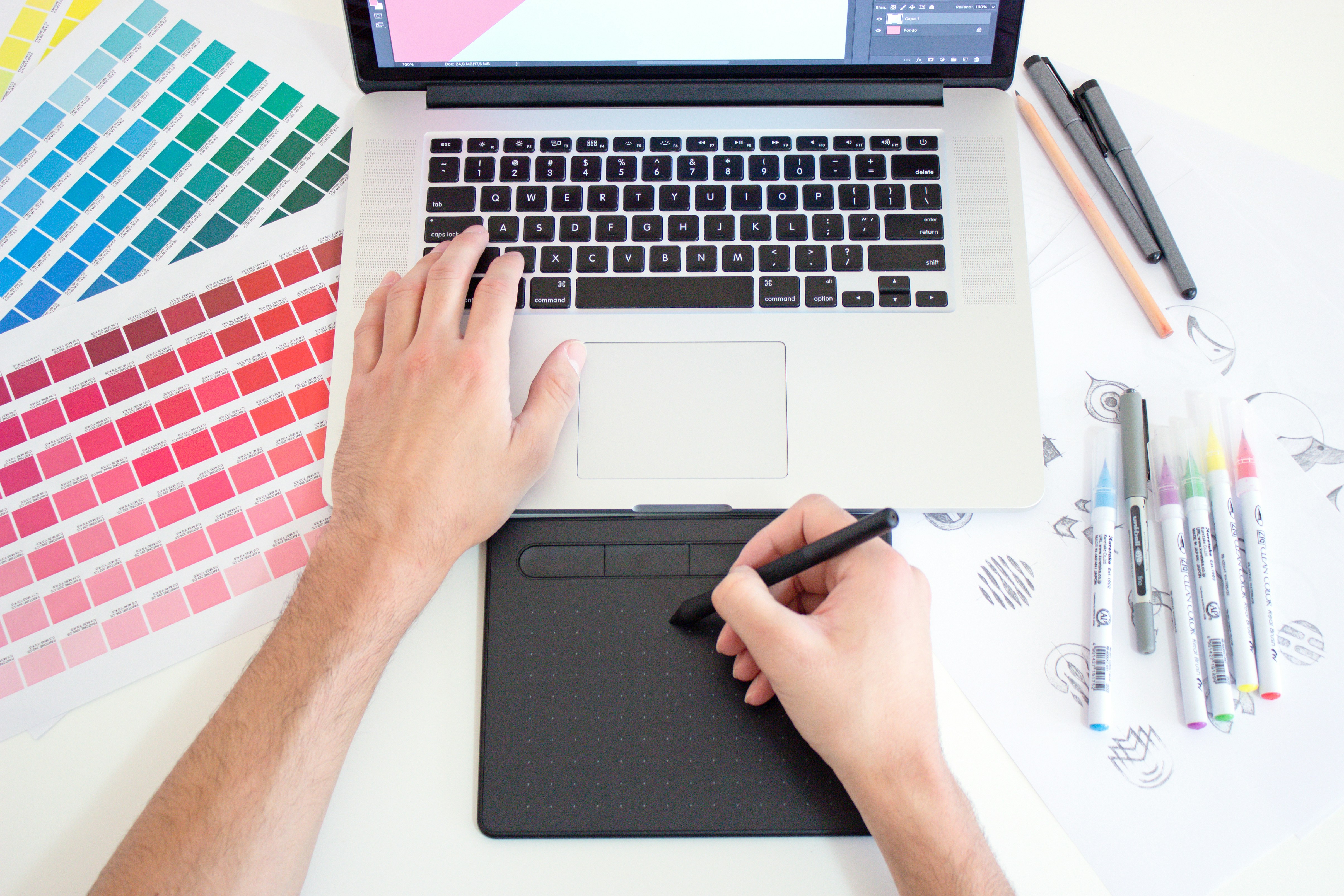Differences between print and visual design
Jake Baker
|
Jan 1, 2024
Print design and visual design are two related but distinct fields of graphic design. Print design refers to the creation of physical products that are printed on paper, such as books, magazines, flyers, posters, etc. Visual design refers to the creation of digital products that are displayed on screens, such as websites, apps, logos, icons, etc.
Both print and visual design share some common principles, such as typography, color, layout, and hierarchy. However, they also have some key differences that affect the way designers approach each project. Here are some of the main differences between print and visual design:
- Medium: Print design is limited by the physical properties of the paper and the printing process. For example, print designers have to consider the size, shape, weight, and texture of the paper, as well as the resolution, color mode, and ink quality of the printer. Visual design is more flexible and adaptable to different screen sizes, resolutions, and devices. For example, visual designers can use responsive design techniques to make their products look good on any screen.
- Interaction: Print design is mostly static and one-way. The user can only read or view the printed product, but cannot interact with it or change it. Visual design is dynamic and interactive. The user can click, scroll, swipe, zoom, or perform other actions on the digital product, and the product can respond with feedback or changes.
- Feedback: Print design is usually finalized before it reaches the user. The designer cannot easily modify or update the printed product after it is printed. Visual design is more iterative and agile. The designer can test and improve the digital product based on user feedback and analytics.
- Cost: Print design involves more costs and resources than visual design. The designer has to pay for the paper, ink, printing, and distribution of the printed product. Visual design only requires a computer and an internet connection to create and share the digital product.
These are some of the main differences between print and visual design. Both fields require creativity, skill, and knowledge of graphic design principles and tools. However, they also have their own challenges and opportunities that make them unique and exciting.



